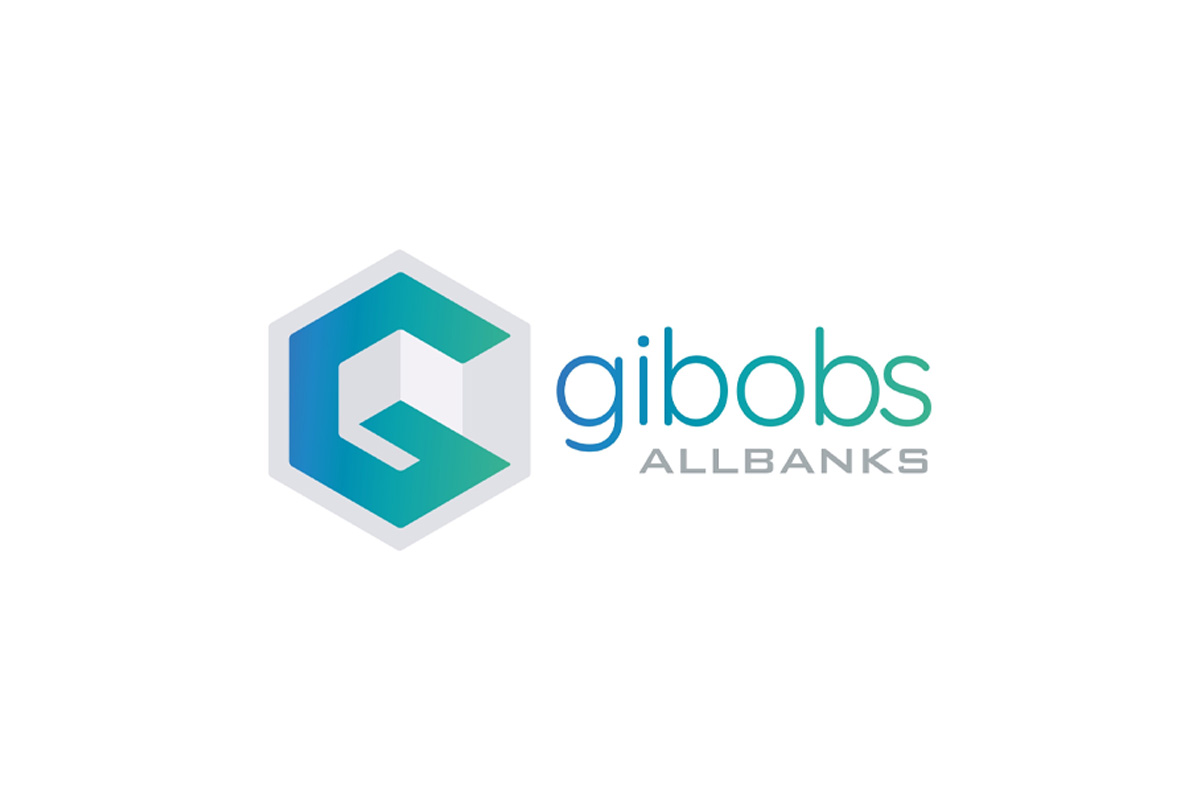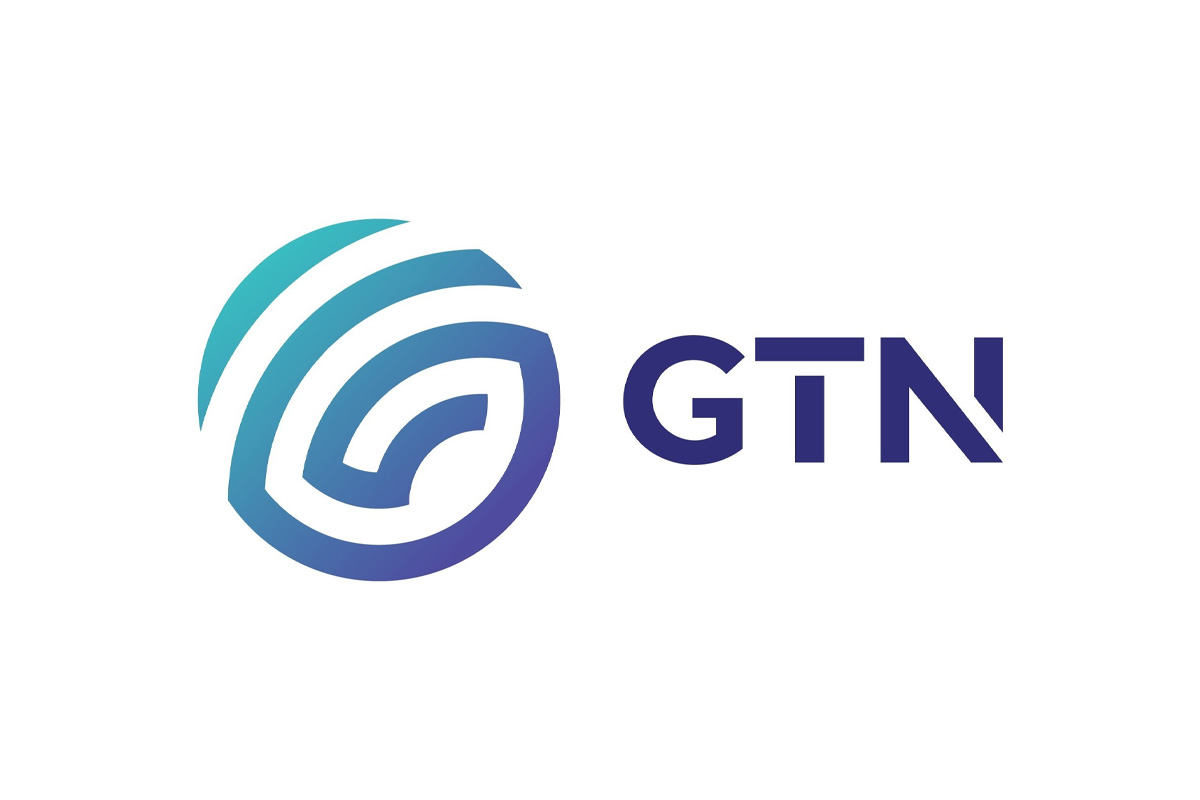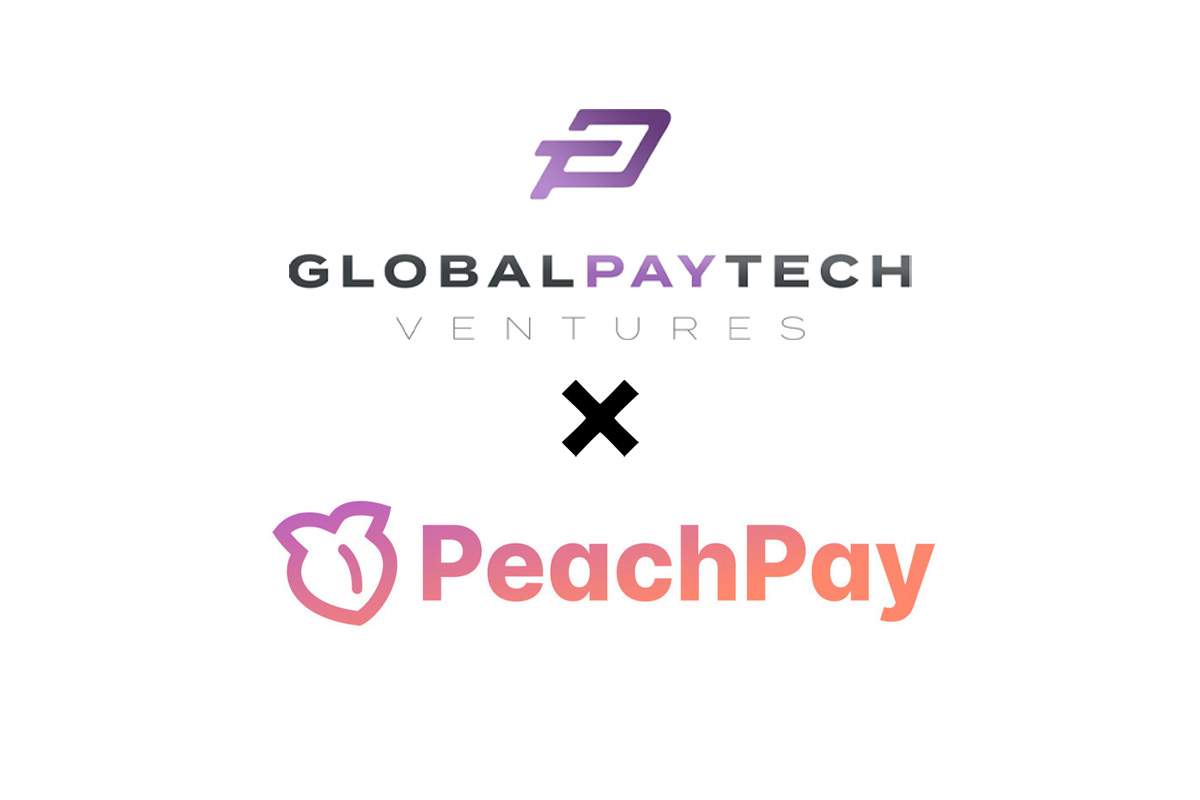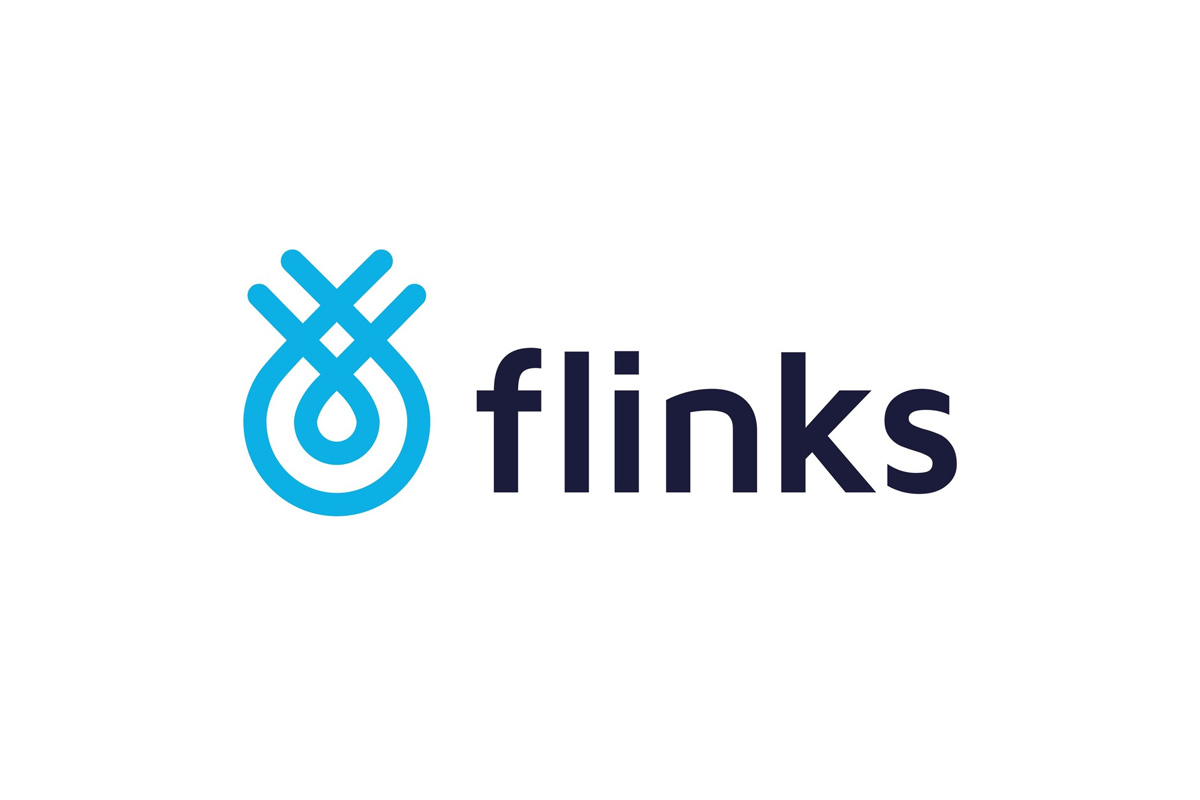Fintech
Global Paytech Ventures invests in Gibobs’ disruptive fintech platform offering European users complete credit evaluation and a curated suite of financial services offers

Global PayTech Ventures (GPT) announced its recent investment in Gibobs Allbanks whose cutting edge fintech platform is helping consumers, companies and providers of financial services to find their ideal match through the integration of sophisticated technology and personalized human analysis.
The platform is the first of its kind in Europe to bring consumers ‘out of the dark’ in the process of obtaining mortgage financing along with additional services to improve their financial ‘health’. Similar to Credit Karma in the US, Gibobs helps European consumers and companies to understand their financial ability to obtain financing and how to improve it. The platform goes further by assigning personal financial analysts who negotiate on behalf of each of their customers for the most competitive offers for their home financing products, such as mortgages, payment tools and insurance, as well as loans for construction companies, developers and real estate players.
“The superpower here is Gibobs comparative analysis, their ability to help consumers evaluate multiple financial product offerings and choose what’s best for them,” said Javier Perez, founder of Global Paytech Ventures (GPT).
Beginning with Spain’s mortgage market, Gibobs’ platform is systematically disrupting the European financial services market by offering a consumer-focused platform that is both data-driven and human-touch oriented all at once, or ‘bionic’ as Perez described it.
What is it
A data-driven, consumer-focused fintech platform designed to help loan/credit seekers to understand their overall financial situation, understand their ability to secure various financial services and acquire a competitive analysis of options offered by major banks and other entities participating on the platform.
Founded by Jorge González-Iglesias, serial entrepreneur who previously founded the carsharing company Bluemove, which was successfully sold to Europcar Mobility Group, and Óscar Bañó, former global director of the Risk area at BBVA. Gibobs’ risk analysis tools allow users to understand their total financial situation and secure optimal financing. Gibobs is initially targeting Spain’s mortgage market, approximately 400K mortgages per year, but they plan to expand into the broader European mortgage market and add additional loan services. In 2022, Gibobs plans to launch a version for SMEs.
With its multifaceted systems designed to address the financial needs of individual consumers and businesses, Gibobs’ President González-Iglesias likens the platform to Apple’s iOS operating system — “Gibobs is the iOS for financial services. We’re changing the whole paradigm.”
“What we’re building is an ecosystem where pre- and post-mortgage, we connect you to your finances via PSD2 so you can understand your financial situation and obtain a scoring. We want the user to understand their complete financial situation and then be able to choose financial products in a more objective and comparative way. You’re in an ecosystem specifically built around your data and your circumstances in order to help you make better financial decisions today and also in the future.”
How it works
- The borrower/consumer uploads their financial data, available via Europe’s ‘PSD2’ regulations, to the Gibobs platform.
- A financial analyst is assigned and helps the consumer through the entire process, from understanding their personal financial picture and the level of financing they can afford to securing the most competitive offers for various types of financing, and other home financing related products.
- Gibobs is paid, by the issuer or financing entity, for a percentage of the total amount financed.
Why it’s revolutionary
- Gibobs’s fintech platform is the first of its kind in Europe. No other platform offers credit scoring, overall financial ‘health’ status, as well as a competitive analysis of suitable mortgage offerings.
- The process for securing financing in Spain and other European countries is still fairly antiquated from a technology standpoint, compared to the US. Consumers typically have to visit a bank branch in person and wade through a lengthy credit evaluation process. Consumers are beholden to a particular bank’s offering with no knowledge of other, potentially more competitive offerings from other banks, unless they go through the process again, or multiple times, with other banks.
- The unique, ‘bionic’ aspect of the platform is its ‘hybrid’ approach’ combining both AI technology for data analysis and a human element to accurately understand a consumer’s goals, serve their unique financial needs and identify appropriate solutions.
“Our platform is bio-intelligent — we uniquely combine highly qualified human advice with state-of-the-art proprietary technology that uses artificial intelligence (AI) and is implementing blockchain technology to further disrupt the way we consume financial products. Our users can understand the state of their financial health and speed up financing processes. Qualified clients get personalized advice from a dedicated senior financial analyst who negotiates on their behalf with banks and advises them throughout the entire process to help (users) make the best financial decisions,” said González-Iglesias.
Milestones
- Gibobs has a current Net Promoter Score (NPS) of 87.
- 80% quarterly growth in users.
- 50% quarterly growth in Gross Merchandise Value in terms of mortgage loans.
- More than 15 major banks in Spain are participating on the Gibobs platform.
While Gibobs is consumer-focused, the platform also provides a much-needed technical interface for financial entities, real estate agents and buyers. “We’ve invested significant resources in a very advanced, original technology,” says González-Iglesias. Banks benefit from the platform’s ability to identify specific types of mortgage clients they want, for example, by leveraging technology they typically don’t have.
“We are having a strong impact on a sector that is in a very early stage of its journey towards digitalization. Financial Institutions are in need of technological tools for process optimization like the ones we are providing.” Gibobs objective, says González-Iglesias, “is to create a community of empowered users who we will help to make good decisions and better understand their finances.”
Fintech
How to identify authenticity in crypto influencer channels

Modern brands stake on influencer marketing, with 76% of users making a purchase after seeing a product on social media.The cryptocurrency industry is no exception to this trend. However, promoting crypto products through influencer marketing can be particularly challenging. Crypto influencers pose a significant risk to a brand’s reputation and ROI due to rampant scams. Approximately 80% of channels provide fake statistics, including followers counts and engagement metrics. Additionally, this niche is characterized by high CPMs, which can increase the risk of financial loss for brands.
In this article Nadia Bubennnikova, Head of agency Famesters, will explore the most important things to look for in crypto channels to find the perfect match for influencer marketing collaborations.
-
Comments
There are several levels related to this point.
LEVEL 1
Analyze approximately 10 of the channel’s latest videos, looking through the comments to ensure they are not purchased from dubious sources. For example, such comments as “Yes sir, great video!”; “Thanks!”; “Love you man!”; “Quality content”, and others most certainly are bot-generated and should be avoided.
Just to compare:


LEVEL 2
Don’t rush to conclude that you’ve discovered the perfect crypto channel just because you’ve come across some logical comments that align with the video’s topic. This may seem controversial, but it’s important to dive deeper. When you encounter a channel with logical comments, ensure that they are unique and not duplicated under the description box. Some creators are smarter than just buying comments from the first link that Google shows you when you search “buy YouTube comments”. They generate topics, provide multiple examples, or upload lists of examples, all produced by AI. You can either manually review the comments or use a script to parse all the YouTube comments into an Excel file. Then, add a formula to highlight any duplicates.

LEVEL 3
It is also a must to check the names of the profiles that leave the comments: most of the bot-generated comments are easy to track: they will all have the usernames made of random symbols and numbers, random first and last name combinations, “Habibi”, etc. No profile pictures on all comments is also a red flag.
LEVEL 4
Another important factor to consider when assessing comment authenticity is the posting date. If all the comments were posted on the same day, it’s likely that the traffic was purchased.
2. Average views number per video
This is indeed one of the key metrics to consider when selecting an influencer for collaboration, regardless of the product type. What specific factors should we focus on?
First & foremost: the views dynamics on the channel. The most desirable type of YouTube channel in terms of views is one that maintains stable viewership across all of its videos. This stability serves as proof of an active and loyal audience genuinely interested in the creator’s content, unlike channels where views vary significantly from one video to another.
Many unauthentic crypto channels not only buy YouTube comments but also invest in increasing video views to create the impression of stability. So, what exactly should we look at in terms of views? Firstly, calculate the average number of views based on the ten latest videos. Then, compare this figure to the views of the most recent videos posted within the past week. If you notice that these new videos have nearly the same number of views as those posted a month or two ago, it’s a clear red flag. Typically, a YouTube channel experiences lower views on new videos, with the number increasing organically each day as the audience engages with the content. If you see a video posted just three days ago already garnering 30k views, matching the total views of older videos, it’s a sign of fraudulent traffic purchased to create the illusion of view stability.
3. Influencer’s channel statistics
The primary statistics of interest are region and demographic split, and sometimes the device types of the viewers.
LEVEL 1
When reviewing the shared statistics, the first step is to request a video screencast instead of a simple screenshot. This is because it takes more time to organically edit a video than a screenshot, making it harder to manipulate the statistics. If the creator refuses, step two (if only screenshots are provided) is to download them and check the file’s properties on your computer. Look for details such as whether it was created with Adobe Photoshop or the color profile, typically Adobe RGB, to determine if the screenshot has been edited.
LEVEL 2
After confirming the authenticity of the stats screenshot, it’s crucial to analyze the data. For instance, if you’re examining a channel conducted in Spanish with all videos filmed in the same language, it would raise concerns to find a significant audience from countries like India or Turkey. This discrepancy, where the audience doesn’t align with regions known for speaking the language, is a red flag.
If we’re considering an English-language crypto channel, it typically suggests an international audience, as English’s global use for quality educational content on niche topics like crypto. However, certain considerations apply. For instance, if an English-speaking channel shows a significant percentage of Polish viewers (15% to 30%) without any mention of the Polish language, it could indicate fake followers and views. However, if the channel’s creator is Polish, occasionally posts videos in Polish alongside English, and receives Polish comments, it’s important not to rush to conclusions.
 Example of statistics
Example of statistics
Wrapping up
These are the main factors to consider when selecting an influencer to promote your crypto product. Once you’ve launched the campaign, there are also some markers to show which creators did bring the authentic traffic and which used some tools to create the illusion of an active and engaged audience. While this may seem obvious, it’s still worth mentioning. After the video is posted, allow 5-7 days for it to accumulate a basic number of views, then check performance metrics such as views, clicks, click-through rate (CTR), signups, and conversion rate (CR) from clicks to signups.
If you overlooked some red flags when selecting crypto channels for your launch, you might find the following outcomes: channels with high views numbers and high CTRs, demonstrating the real interest of the audience, yet with remarkably low conversion rates. In the worst-case scenario, you might witness thousands of clicks resulting in zero to just a few signups. While this might suggest technical issues in other industries, in crypto campaigns it indicates that the creator engaged in the campaign not only bought fake views and comments but also link clicks. And this happens more often than you may realize.
Summing up, choosing the right crypto creator to promote your product is indeed a tricky job that requires a lot of resources to be put into the search process.

Author
Nadia Bubennikova, Head of agency at Famesters
Fintech
Central banks and the FinTech sector unite to change global payments space

The BIS, along with seven leading central banks and a cohort of private financial firms, has embarked on an ambitious venture known as Project Agorá.
Named after the Greek word for “marketplace,” this initiative stands at the forefront of exploring the potential of tokenisation to significantly enhance the operational efficiency of the monetary system worldwide.
Central to this pioneering project are the Bank of France (on behalf of the Eurosystem), the Bank of Japan, the Bank of Korea, the Bank of Mexico, the Swiss National Bank, the Bank of England, and the Federal Reserve Bank of New York. These institutions have joined forces under the banner of Project Agorá, in partnership with an extensive assembly of private financial entities convened by the Institute of International Finance (IIF).
At the heart of Project Agorá is the pursuit of integrating tokenised commercial bank deposits with tokenised wholesale central bank money within a unified, public-private programmable financial platform. By harnessing the advanced capabilities of smart contracts and programmability, the project aspires to unlock new transactional possibilities that were previously infeasible or impractical, thereby fostering novel opportunities that could benefit businesses and consumers alike.
The collaborative effort seeks to address and surmount a variety of structural inefficiencies that currently plague cross-border payments. These challenges include disparate legal, regulatory, and technical standards; varying operating hours and time zones; and the heightened complexity associated with conducting financial integrity checks (such as anti-money laundering and customer verification procedures), which are often redundantly executed across multiple stages of a single transaction due to the involvement of several intermediaries.
As a beacon of experimental and exploratory projects, the BIS Innovation Hub is committed to delivering public goods to the global central banking community through initiatives like Project Agorá. In line with this mission, the BIS will soon issue a call for expressions of interest from private financial institutions eager to contribute to this ground-breaking project. The IIF will facilitate the involvement of private sector participants, extending an invitation to regulated financial institutions representing each of the seven aforementioned currencies to partake in this transformative endeavour.
Source: fintech.globa
The post Central banks and the FinTech sector unite to change global payments space appeared first on HIPTHER Alerts.
Fintech
TD Bank inks multi-year strategic partnership with Google Cloud

TD Bank has inked a multi-year deal with Google Cloud as it looks to streamline the development and deployment of new products and services.
The deal will see the Canadian banking group integrate the vendor’s cloud services into a wider portion of its technology solutions portfolio, a move which TD expects will enable it “to respond quickly to changing customer expectations by rolling out new features, updates, or entirely new financial products at an accelerated pace”.
This marks an expansion of the already established relationship between TD Bank and Google Cloud after the group previously adopted the vendor’s Google Kubernetes Engine (GKE) for TD Securities Automated Trading (TDSAT), the Chicago-based subsidiary of its investment banking unit, TD Securities.
TDSAT uses GKE for process automation and quantitative modelling across fixed income markets, resulting in the development of a “data-driven research platform” capable of processing large research workloads in trading.
Dan Bosman, SVP and CIO of TD Securities, claims the infrastructure has so far supported TDSAT with “compute-intensive quantitative analysis” while expanding the subsidiary’s “trading volumes and portfolio size”.
TD’s new partnership with Google Cloud will see the group attempt to replicate the same level of success across its entire portfolio.
Source: fintechfutures.com
The post TD Bank inks multi-year strategic partnership with Google Cloud appeared first on HIPTHER Alerts.
-

 Fintech7 days ago
Fintech7 days agoHow to identify authenticity in crypto influencer channels
-
Latest News6 days ago
HSBC-backed fintech Monese is considering splitting its operations as it grapples with increasing losses.
-
Latest News6 days ago
EverBank has announced a groundbreaking partnership with Finzly, poised to revolutionize payment processing.
-
Latest News6 days ago
FinTech leaders express caution regarding the promises made in #Budget2024 concerning open banking, stating that the “devil is in the details.”
-
Latest News6 days ago
Gotion High-tech’s operating profit up 391% in 2023, nearly RMB 2.8 billion invested in R&D for the year
-
Latest News6 days ago
Aurionpro Solutions acquires Arya.ai, to power next generation Enterprise AI platforms for Financial Institutions
-
Latest News6 days ago
Wells Fargo, a leading financial institution, is set to revolutionize its trade finance operations by incorporating artificial intelligence (AI) technology through its collaboration with TradeSun.
-
Latest News6 days ago
Latvian Fintech inGain Raises €650,000 for No-Code SaaS Loan Management System










